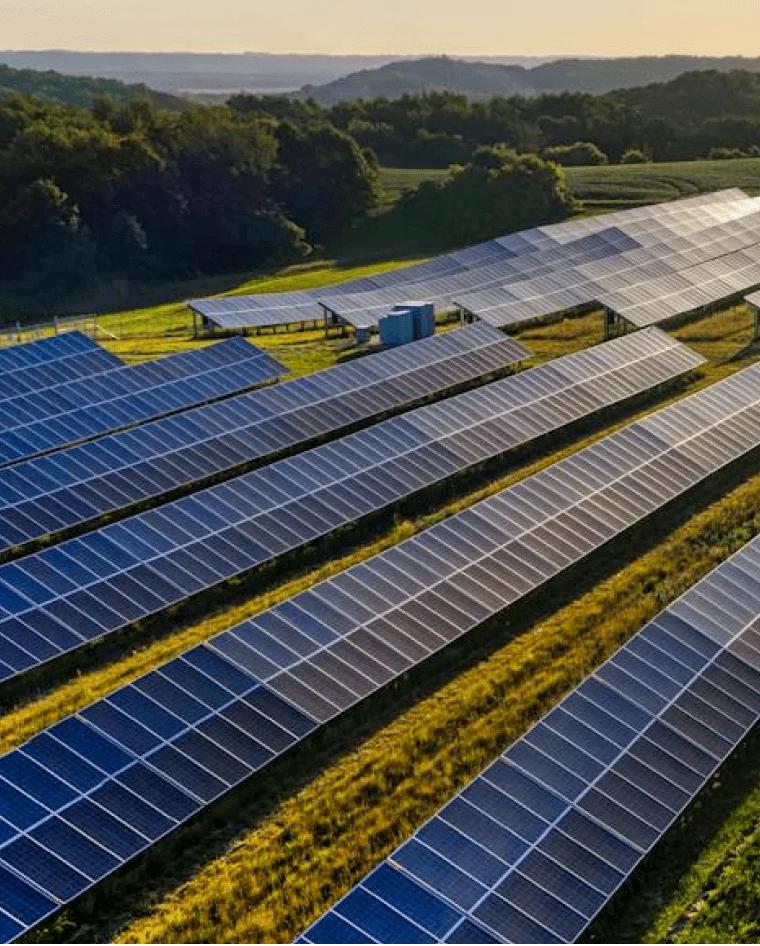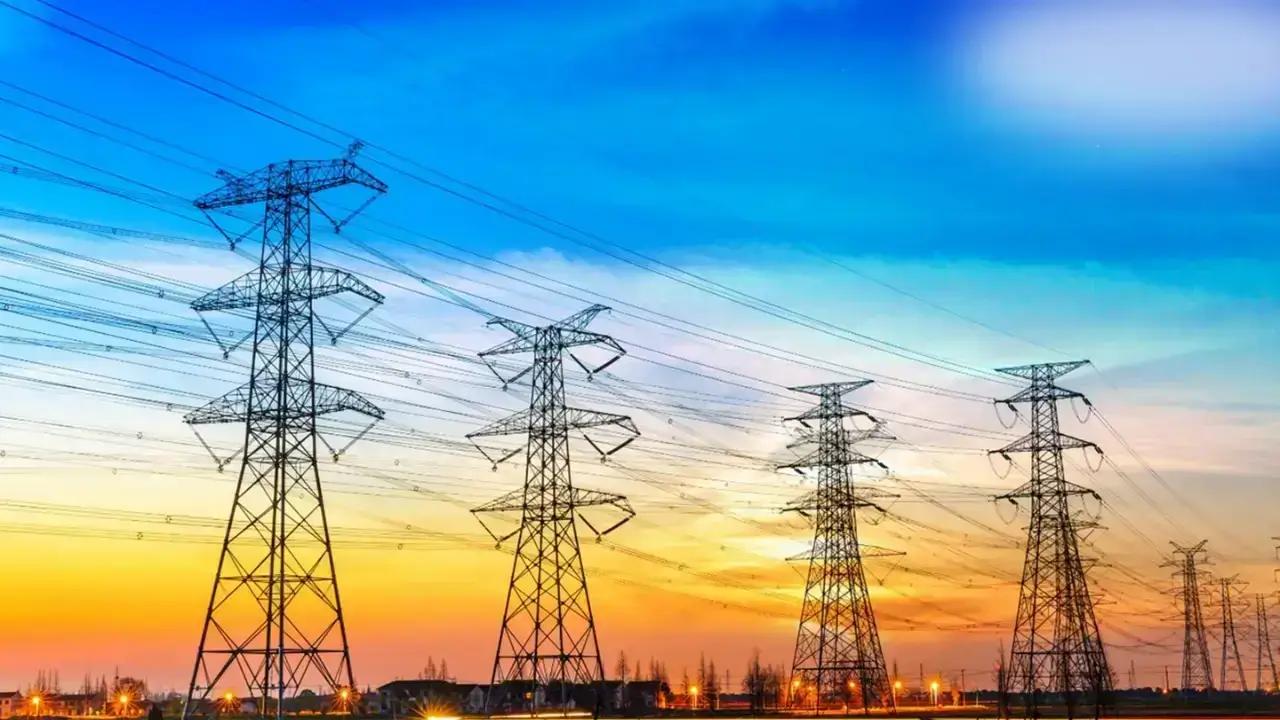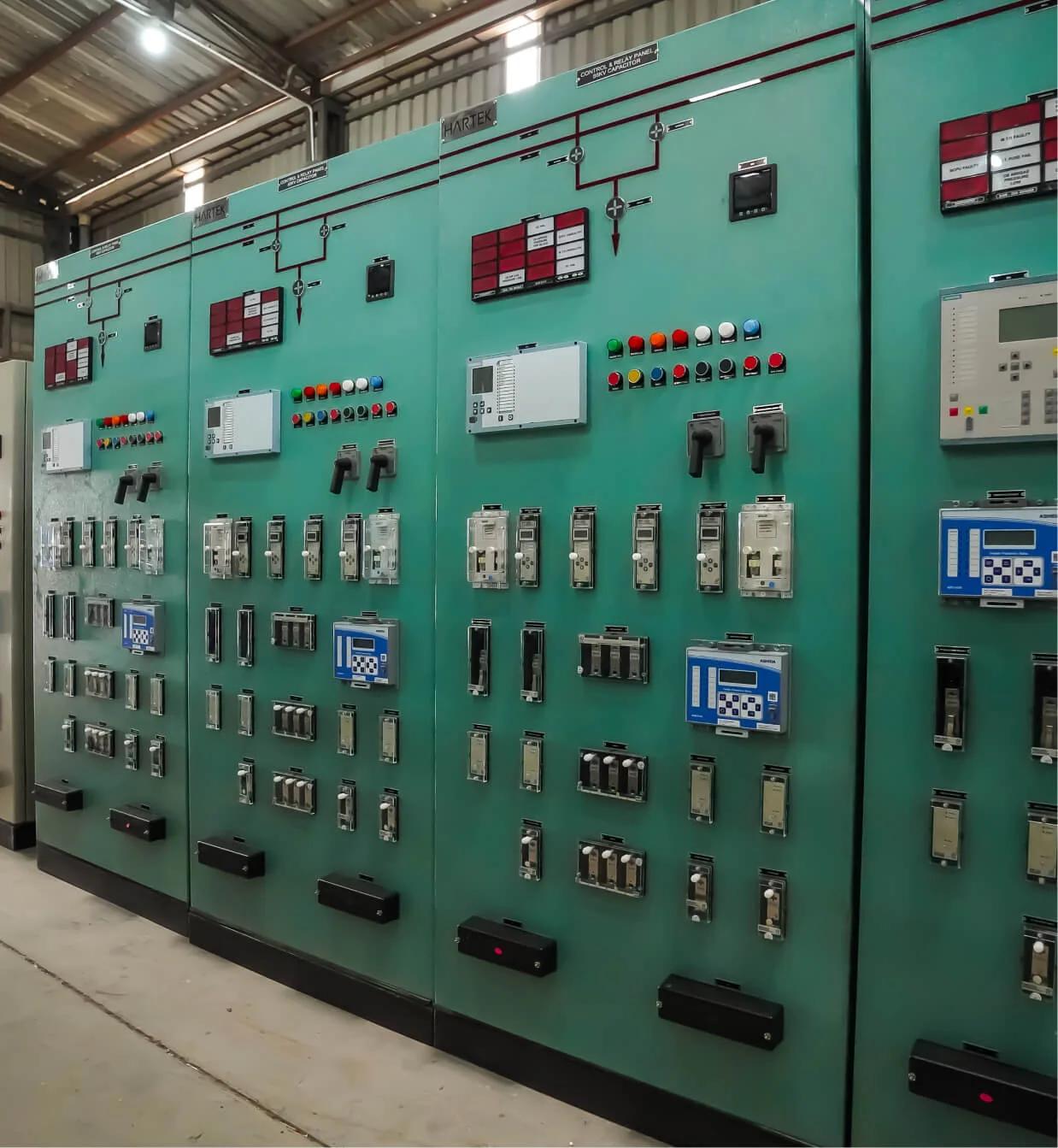In an era of growing environmental concerns and the critical need for sustainable results, the world is authenticating a revolutionary measure towards green technologies across various industries. One similar invention that has been gaining significant traction is the Green Ammonia Revolution. Green ammonia, also known as renewable or sustainable ammonia, holds immense pledge as a clean energy carrier and a crucial component in the transition to a low- carbon economy. This blog delves into the significance of the Green Ammonia Revolution, its possible impact on global sustainability efforts, and the strides being made towards its embracement.
Understanding Green Ammonia
Ammonia, a admixture composed of nitrogen and hydrogen, has long been employed primarily in husbandry as a plant food. still, traditional styles of ammonia production heavily depend on fossil energies, leading to significant carbon emigrations and environmental degradation. The Green Ammonia Revolution seeks to transfigure this process by producing ammonia through renewable energy sources, similar as wind, solar, or hydroelectric power.

Green ammonia is produced without the use of carbon-intensive fossil energies, making it a pivotal element in reducing carbon emigrations, particularly in sectors with high energy demands, similar as husbandry, transportation, and industry. By employing renewable energy sources for its product, green ammonia offers a sustainable choice to conventional ammonia manufacturing approaches, aligning with global efforts to combat climate change and achieve carbon impartiality.
Driving Forces Behind the Revolution
Several factors are driving the encouragement behind the Green Ammonia Revolution. One of the primary drivers is the adding recognition of the critical need to decarbonize various sectors of the economy to mitigate the disadvantageous effects of climate change. As countries worldwide commit to ambitious climate targets, there's a growing emphasis on transitioning towards renewable and low- carbon energy sources.
Likewise, advancements in technology have eased the commercialization and scalability of green ammonia product processes. inventions in electrolysis, which involves splitting water molecules into hydrogen and oxygen using electricity, have enabled the production of green hydrogen, a crucial factor in green ammonia revolution. also, developments in carbon capture and application technologies are helping to further reduce the environmental footmark of ammonia product, making it a more seductive option for diligence seeking to reduce their carbon emigrations.
The Role of Green Ammonia in Sustainable Development
The acceptance of green ammonia holds immense pledge for advancing sustainable development pretensions on both a public and global scale. In addition to serving as a clean energy carrier, green ammonia has different operations across colorful sectors
Agriculture: Green ammonia can replace traditional ammonia- grounded diseases, offering a sustainable result for enhancing crop yields while minimizing environmental impact. By reducing reliance on reactionary energy- deduced diseases, green ammonia can help diminish soil declination, water pollution, and green house gas emigrations associated with conventional husbandry practices.
Transportation: As countries explore druthers to fossil energies in the transportation sector, green ammonia emerges as a feasible option for decarbonizing maritime shipping, aeronautics, and long- haul trucking. Ammonia- powered energy cells and combustion machines offer a pathway towards zero- emigration transportation, contributing to cleaner air and reduced hothouse gas emigrations.
Assiduity: Diligence with high energy demands, similar as sword, cement, and chemicals, can profit from the use of sustainable ammonia as a carbon-free energy source and feedstock. By integrating green ammonia into artificial processes, companies can reduce their carbon footmark and enhance their sustainability credentials while maintaining functional effectiveness.

Global enterprise and Collaborations
The sustainable Ammonia Revolution has sparked collaborations between governments, assiduity players, exploration institutions, and transnational associations to accelerate its relinquishment and scale. Countries like Japan, Australia, and Germany have unveiled ambitious green hydrogen and ammonia strategies as part of their sweats to achieve carbon impartiality and foster profitable growth.
Also, public-private collaborations are driving investments in green ammonia structure and technology development systems worldwide. enterprise similar as the renewable ammonia revolution serve knowledge- sharing, policy advocacy, and assiduity networking, fostering invention and collaboration across the value chain.
Challenges and Opportunities
While the prospects for the Green Ammonia Revolution are promising, several challenges must be addressed to realize its full potential. crucial challenges include the high direct costs associated with green ammonia production infrastructure, technological walls, and the need for supportive nonsupervisory frameworks and incentives to incentivize investment and acceptance.
Still, these challenges also present opportunities for innovation, investment, and collaboration. Governments, industry stakeholders, and financial institutions can play a vital part in overcoming barriers to scale by providing funding support, policy encouragements, and nonsupervisory certainty to drive investments in green ammonia systems.
Conclusion
In Conclusion, the green ammonia revolution represents a transformative shift towards sustainable energy and a cleaner, greener future. By employing renewable energy sources for ammonia product, we can significantly reduce carbon emigrations, alleviate climate change, and advance towards a more sustainable and flexible frugality.
As instigation continues to make behind the Green Ammonia Revolution, it's essential for stakeholders across sectors to unite, introduce, and invest in scalable results that accelerate the transition towards a low- carbon future. With combined sweats and collaborative action, green ammonia has the implicit to crop as a foundation of the global energy transition, paving the way towards a more sustainable and prosperous world for unborn generations.












Write a comment ...